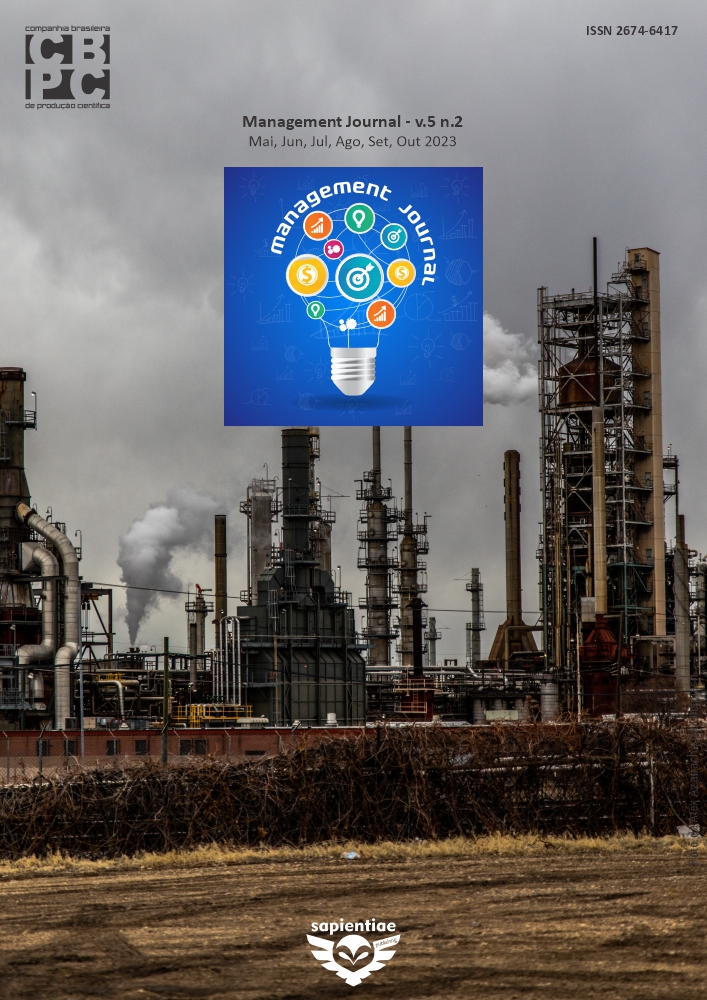Transparency in government purchases: evaluation of portals of federal institutes of education science and technology
DOI:
https://doi.org/10.6008/CBPC2179-684X.2018.001.0004Keywords:
Transparency, Government Procurement, Federal Public Institutions of Higher EducationAbstract
The objective of this research is to evaluate the level of transparency on public purchases in the portals of Federal Institutes of Education Science and Technology. For this purpose, the portals of the 38 institutes that compose the Federal Network of Professional, Scientific and Technological Education were analyzed, verifying the following indicators, identified from the literature analysis: Availability of the edicts; List of participants; Information on signed contracts; Vendor specific information; Glossary; Legislation on government procurement; Contact for clarification; Online Consultation and Update. Indicators were classified as mandatory and voluntary. In general, considering the total result of the established model, the level of transparency in the availability of government procurement information on federal institutes' websites is predominantly weak (50% - 19 institutes), followed by (26.32% - 10 institutes), moderate transparency (18.42% - 7 institutes) and, finally, advanced transparency (2.63% - 1 institute) and significant transparency (2.63% 1 institute). The institutes with weak transparency added to those with very poor transparency amount to 76.32% of the total, a significant and alarming result. Only the 'availability of the edicts' and 'on-line consultation' indicators, both mandatory, have had positive results in most institutions. The mandatory indicators have outperformed volunteers. However, the observation of initiatives in voluntary indicators reflects an initial movement of recognition of the importance of these instruments. The intense expansion of the Institutes since its inception in 2008 may have contributed to the outcome of this research. In addition, we highlight the difficulty of institutions to implement transparency practices, since the systems used, for the most part, are not integrated and the documents must be made available manually. In spite of its limitations, this research contributes to the studies on transparency in government procurement, since it sought to improve the identification of the criteria, presenting criteria of voluntary disclosure and verification of user support tools, and management of the same, when presenting proposals of improvement of a practical nature, evidencing the reality of the Federal Institutes of Education Science and Technology.
Downloads
Downloads
Published
Issue
Section
License
The CBPC - Companhia Brasileira de Produção Científica (Brazil CNPJ: 11.221.422/0001-03) the material rights of the published works. The rights relate to the publication of the work anywhere in the world, including rights to renewals, expansions and dissemination of the contribution, as well as other subsidiary rights. All electronically published works may subsequently be published in printed collections under the coordination of this company and / or its partners. The authors preserve the copyright, but are not allowed to publish the contribution in another medium, printed or digital, in Portuguese or in translation.









